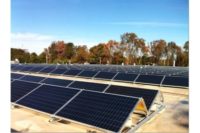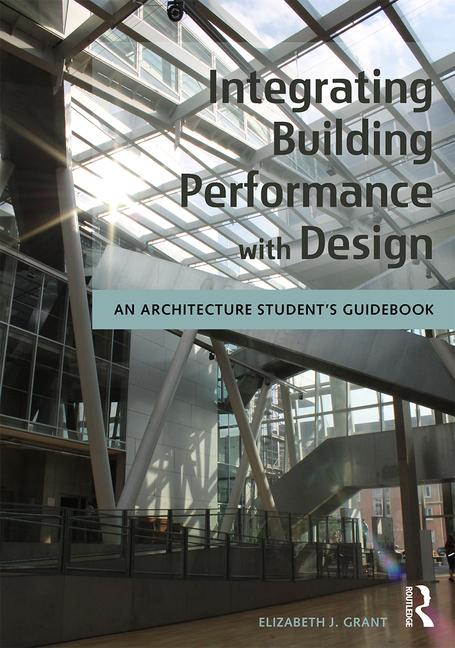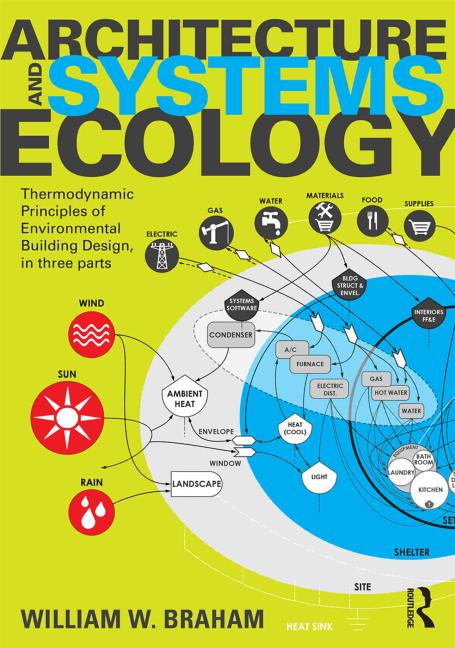Restructuring the Sunny Day: Solar Meets Design








The housing recovery is bringing people back into the market–people who were previously reluctant to buy or sell out of fear of doing either at the wrong time. In the process, homeowners are making upgrades that are essential to closing sales. In the past, such upgrades often meant stainless-steel kitchens and luxury baths, but today, “upgrade” also increasingly means solar electricity. According to the U.S. Department of Energy (DoE), homes with solar energy can sell twice as fast as those without it, and homeowners who invest in solar power systems see payback or “recoup” rates of up to 97 percent–far greater than the typical returns on investments, such as granite countertops or pedestal sinks.
Interest in residential solar is on the rise in both new construction and existing home sales, and buyers want systems that are easier to look at and more user-friendly. Innovative commercial and residential examples can provide builders, buyers and homeowners with some lessons in aesthetically pleasing solar design.
The Golden State of Solar
California is a good place to start. The same state that made feng shui and sushi popular in the U.S. now serves as the nation’s working laboratory for renewable energy innovation. More than half of all solar installations installed in the U.S. are in either California or Arizona. California gets almost 15 percent of its electricity from renewable sources, and its goal is to make that 33 percent by 2020. At the same time, California has also learned that too much renewable energy can de-stabilize the grid for a simple reason. While renewables can augment peak power load demands, something has to supply the energy base-load demand when the sun isn’t shining and loading solar panels, or the wind isn’t blowing and turning turbines, and that something is an electrical grid. Big power plants are great at powering the base load but are simply not elastic enough to meet the demands of a more dynamic energy environment.
Making renewable energy work effectively on a grid depends on having a place to put all that clean-generated electricity away for use later when it’s most needed. That’s why today’s residential solar upgrades often include a battery bank so the system can store energy for use later during peak demand times or during a power outage. On the aesthetic side, building-integrated photovoltaic (BIPV) products reduce or even eliminate the “roofprint” conventional solar arrays require with PV elements blended into windows or roof shingles, which also expand the solar-collecting PV area, meaning that the amount of energy one can harness from the sun in any one building is increased.
By combining more architecturally blended and higher-output solar arrays with grid-hybrid conversion systems equipped with battery storage, homeowners can realize higher savings and faster system payback by not only generating more renewable electricity but also “banking” that extra electricity for when it’s most needed. In a place such as California, with plenty of sunshine and dynamic grid conditions, grid-hybrid technology is an important component in achieving the state’s goal of one-third of its energy coming from renewable sources by the end of this decade.
Solar Design Innovation Starts at Home
Innovative builders in California are gearing up now for the demand. California-based Modular Lifestyles and Cavco Industries builds an affordable, upscale, off-grid home called the Quest, designed as park model, manufactured and modular versions. These super-efficient, green, attractive homes are meant to be accessory dwelling units (ADUs) where elderly parents can live free of discretionary costs. In addition, these homes can be placed into unimproved land conditions not conducive to traditional utilities such as rural, high elevation and desert conditions. With optimized power-conversion systems that include an inverter/charger and charge controller, homeowners can use renewable energy generated onsite to put a four-day charge into their battery storage system and save as much as $10,000 per year on energy costs.
Eight thousand miles from California, an 86-year-old structure also serves as an example of the economic, functional and aesthetic benefits of solar. Malankara Buildings is the head office of Malankara Plantations Ltd, a 103-year-old company and the first Indian-owned rubber plantation company. Now home to an office complex, the building suffered frequent power outages from India’s notoriously unreliable power grid. But because of the building’s historic status, the office’s current owners couldn’t adopt a solar solution that might alter or disturb the original structure, so the management installed solar arrays on a space-frame structure on four columns cantilevered over the roof, ensuring uninterrupted power. The installation’s array of inverter/chargers and battery storage is capable of powering the office complex’s HVAC, lighting and networking systems without grid electricity, even in a hot, humid climate. As one of the first net-zero energy buildings in India, Malankara Plantations’ head office proves that PV systems can deliver reliable, sustainable, cost-effective energy without disturbing architecture.
In between California and India, there are many other examples of how PV systems can support design considerations. A noteworthy one is the Jefferson Barracks National Cemetery in St. Louis, where the Department of Veterans Affairs maintains a sheltered visitor center to host burial services for soldiers and veterans. Running utility lines to the shelter under and around gravesites would have been a delicate, challenging and cost-prohibitive process, so the department opted for an off-grid solar power solution with battery backup to ensure continuous power, even on severely overcast days. The compact system footprint stores all system components—including the batteries—in a single unobtrusive electrical cabinet. Visitors can pay their respects comfortably in a setting that complements the natural beauty of the cemetery and its surrounding grounds.
Lessons in system aesthetics and hybrid technology are not lost on home sellers and builders who, along with utilities, businesses and other users, helped grow the solar market by 76 percent in 2012. Falling system prices (27 percent in the past year alone) and rising losses due to catastrophic power outages are factors placing greater emphasis on smarter, grid-hybrid PV systems with battery backup capable of grid independence. Improvements in environmental building technology are also part of the solar growth story and shift from a luxury, green-living status symbol to a long-term energy necessity, especially in competitive housing markets where sellers need to think beyond the bed-and-bath basics and ahead to the next generation of desirable upgrades.
Looking for a reprint of this article?
From high-res PDFs to custom plaques, order your copy today!












